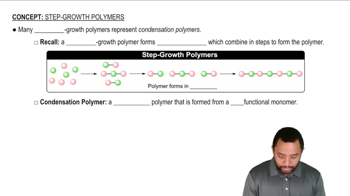Here are the essential concepts you must grasp in order to answer the question correctly.
Hydroboration Reaction
Hydroboration is a chemical reaction that involves the addition of borane (BH3) to alkenes, resulting in the formation of organoboranes. This reaction proceeds via a concerted mechanism, where the boron atom adds to the less substituted carbon of the alkene, leading to syn addition. The regioselectivity and stereochemistry of this reaction are crucial for understanding the subsequent oxidation step.
Recommended video:
General properties of hydroboration-oxidation.
Oxidation Step
In the hydroboration-oxidation process, the oxidation step involves converting the organoborane intermediate into an alcohol. This is typically achieved using hydrogen peroxide (H2O2) in the presence of a base (like NaOH). The oxidation cannot occur until hydroboration is complete because the organoborane must first be formed to provide the necessary substrate for the oxidation reaction.
Recommended video:
Step-Growth Polymers Concept 1
Reaction Conditions
The reaction conditions for hydroboration-oxidation are critical for the success of the overall transformation. Hydroboration is typically performed under an inert atmosphere to prevent premature oxidation of borane. Introducing HO− or HOOH too early can lead to side reactions or incomplete hydroboration, which would hinder the formation of the desired alcohol product.
Recommended video:
EAS Reactions of Pyridine Example 1
 Verified step by step guidance
Verified step by step guidance Verified video answer for a similar problem:
Verified video answer for a similar problem:



 6:38m
6:38m